All about stone panels
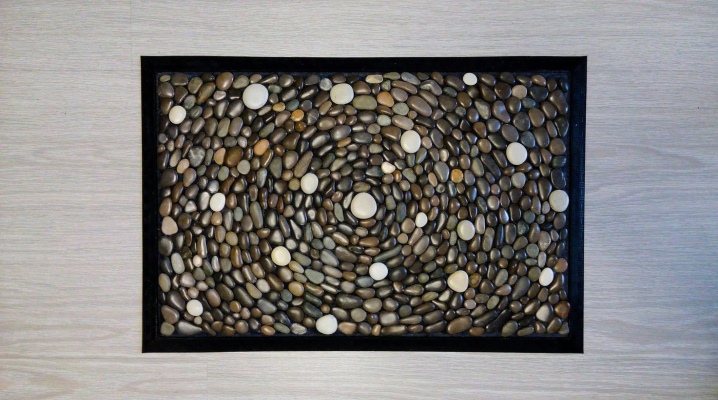
Decorating a room with wallpaper, plaster, tiles and other traditional materials is boring. Therefore, it is so important to know everything about stone panels, about the features of their use. It is also necessary to take a closer look at the execution options.
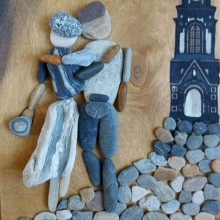

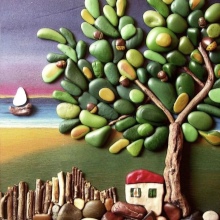
Peculiarities
It is attractive to use stone panels because it is:
- luxuriously;
- completely modern;
- extremely original.

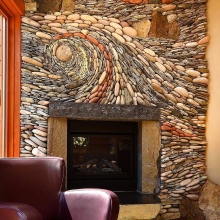
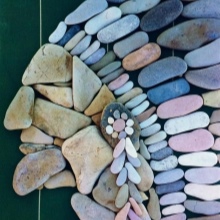
It is not necessary to apply a decorating image to the wall. The options for placing it on the floor or on the ceiling also look very good. In any case, the general condition must be observed: the panel is a monolithic composition of separate parts. Usually a stone picture has a frame, but sometimes you have to limit yourself to just a clear border. The following types of images can be used:
- flat;
- ornamental;
- embossed;
- plot.
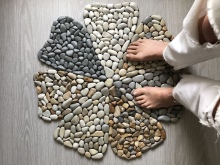
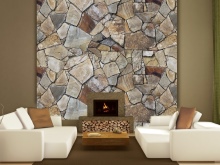

There are special preparations that allow you to preserve the decorative quality of the composition for as long as possible without harming people, animals and the environment. To make a panel, you can use a variety of types of materials. Constructions made from natural raw materials are very popular. Professionals prefer to use marble and onyx. Travertine and sandstone are less commonly used.
The reason for this distribution is simple: granite and marble have many shades. With their help, it is easy to create both sharp contrasts and subtle transitions. But some people prefer to use artificial stone tiles. This solution will be appropriate in any room, with rare exceptions. With the help of stone assemblies in the interior, they achieve other goals such as:
- clear zoning;
- shift of emphasis;
- masking irregularities.
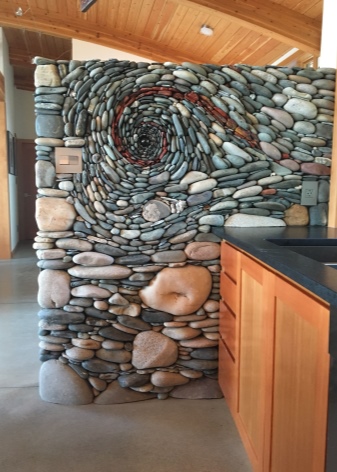

Decorating the ceiling with a stone will look bold and unusual. By varying textures and shades, natural and artificial stone can be woven into the most intricate compositions. Thanks to modern technologies, creating panels of various shapes and sizes is not difficult.
There are special adhesives for stone processing at the disposal of home and professional craftsmen, as well as polishing compounds that virtually eliminate the formation of seams.
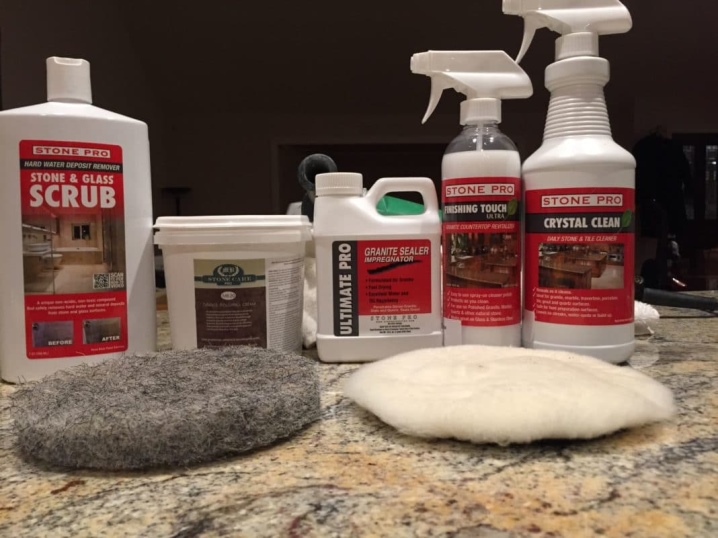
Execution technique
Making stone panels with your own hands begins with the selection of material. According to experts, natural pebbles are the best option. Pebbles polished by waves of seas and rivers will serve both for the formation of drawings and for the basis of colorful compositions that are drawn with felt-tip pens or a brush. Very wide opportunities open up when using natural rocks. But still, for financial reasons, many are limited to pebbles and achieve a good result.
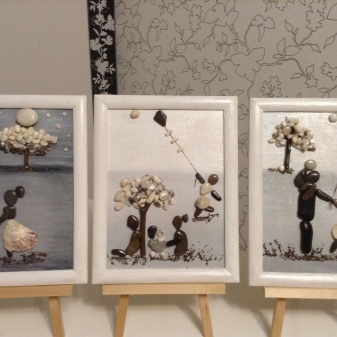
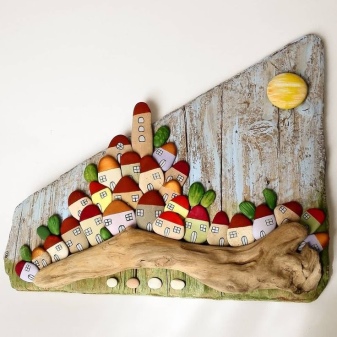
To work with pebbles you will need:
- outer frame;
- flat or uneven pebbles;
- glue gun;
- acrylic-based paints and varnishes;
- paint brushes;
- the background on which the image will be placed.
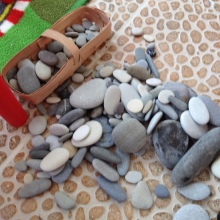
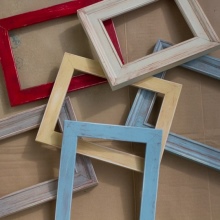

When the concept of the painting has taken shape, its elements are selected very carefully.... It is recommended to immediately think about what additional materials can be used. Most often, wood is used in conjunction with a stone, which enlivens the picture and makes it more romantic. But the choice is practically unlimited and is constrained only by imagination and the appropriateness of this or that material in the composition.
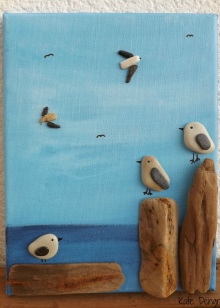
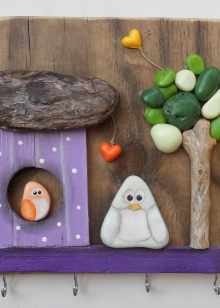
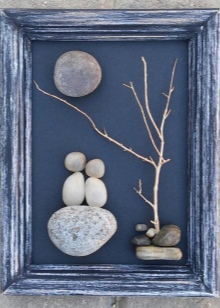
The frame is painted or varnished (it depends on the execution of the panel). The background is often a photograph chosen as the background.Most often, landscapes are used for this purpose, on which, as it were, pebble images are placed.
In the children's room, panels are usually filled with images of houses, toy cars and the like. In other rooms of the house, more solid compositions are used.

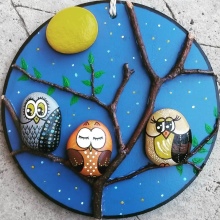

When the stones are painted and the background is ready, you can apply them to the picture. First, a sand pillow, pebbles for a border, twigs and other materials, if necessary, are glued with a glue gun. Then they put and glue the main figures and elements. For stabilization, the pebble panel is covered with hairspray. If not used, the sand will quickly lose its shine and crumble.
An alternative option involves the use of amber crumbs. This job is not as difficult as it is often assumed. It is only necessary to clearly define the pattern to be formed. Basically, they create landscapes of steppes and forests, sea shores and mountain ranges, individual peaks. Amber chips are glued onto a 15-20 mm thick wooden cut.
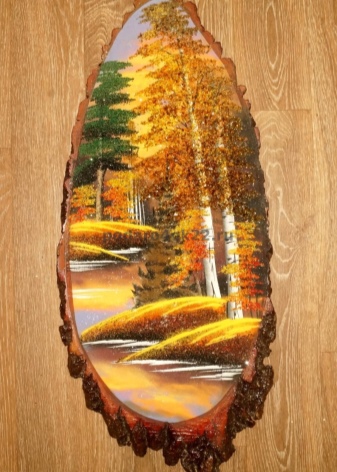
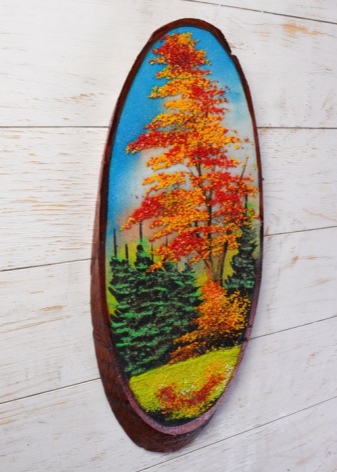
It is thoroughly sanded with fine emery. After drawing the pattern, they proceed to gluing. The aqueous solution of PVA must dry thoroughly. Finally, the image is formed with oil or glue tempera dyes. Gouache and watercolors are absolutely not suitable for this!

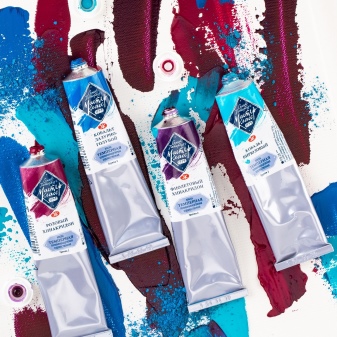
How to place?
A stone panel will become a logical filling even for a rough wall without the use of fine finishing. You can also place it on a thick false wall. But you don't have to boil it down to just masking the flaws. With the help of decorative panels, electrical wiring is often beaten. In some cases, an elegant painting is designed to hide a safe or even a full-fledged door to another room.
Anyway the selection of the place is coordinated with the functional purpose of the room and its stylistic performance. In hallways, wall compositions are more often used, since floor options are somehow not very appropriate there. They try to show the drawing as much as possible to everyone who comes, taking into account the play of light and shadow. We must also not forget about the proportionality of the decorative item in the interior.
For small rooms, it is advisable to use flower arrangements and natural landscapes; only a professional designer can fit other motives into a small room.
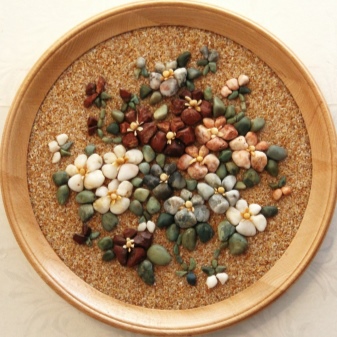
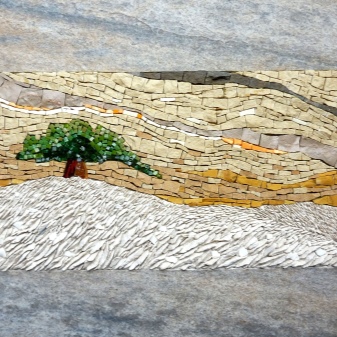
In the corridors, sometimes bright wall panels are made, illuminated by lamps. Important: in very small corridors, you should limit yourself to 2-3 paintings so as not to overload the space visually. But where there is more than enough space, you can use a whole chain of stone paintings. At the same time, they try to connect them by topic or style. Still lifes are most appropriate in kitchens. If this option seems boring, you can put sketches on the dining theme there.
In guest rooms and common rooms, it is advisable to focus on pacifying compositions. Calm landscapes with subtle hues are ideal. If there is at least one large wall, they try to decorate it with a chain of images united by a common plot. In bedrooms, panels are most often installed in front of the bed in order to contemplate it every time you wake up. By following these simple rules, you can achieve an amazing effect.

Beautiful examples in the interior
There are many options for stone panels. This photo, for example, shows the whole picture. The tops of "palm trees" and "boulders" were made with the help of a pebble. The following options are also possible:
- a pair of human figures "under a tree";
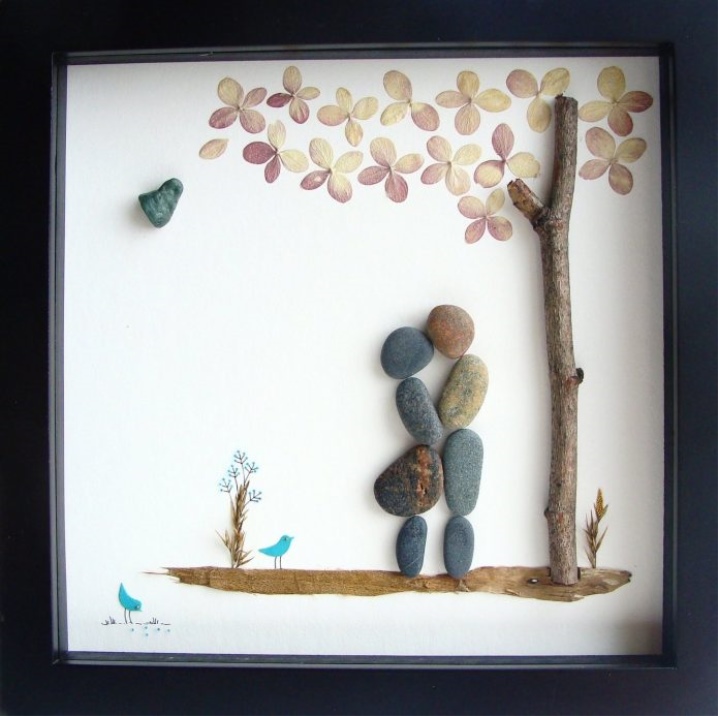
- a wall of wild stone with a rough texture, complemented by another classic decor (lamp, sofa and light wood ceiling);
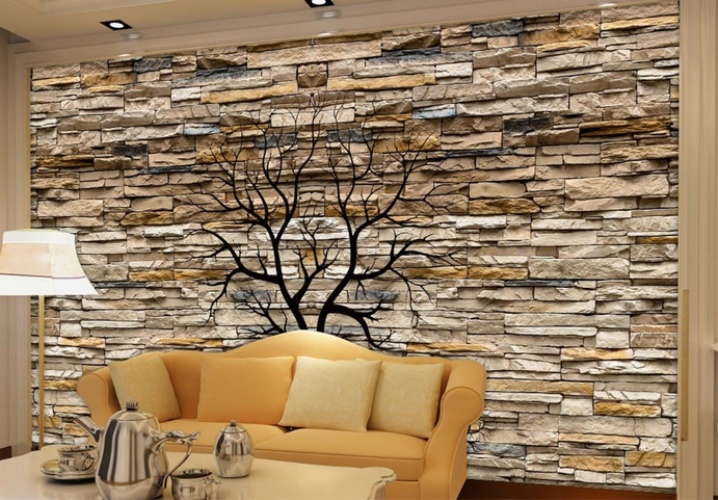
- an original composition of multi-colored pebbles, collected in figures and ornaments.

For information on how to make a panel of stone, see the next video.













The comment was sent successfully.